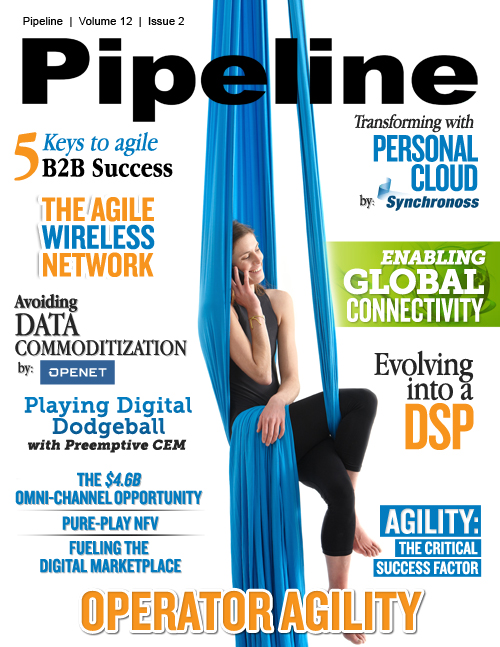Digital Dodgeball: Making the Right Moves with Preemptive CEM
Perhaps owners of Huawei Mercury phones are less likely to pay their phone bill than iPhone 5 users in urban areas, but in rural areas there is no difference. In this case, spending money to acquire and pursue a potential customer who visits the operator website on a Huawei Mercury from, say, Boston. In this example, the CSP requires a solution that can parse and correlate location data and device data.
It could also be device specific. Some devices reach the market before they have been thoroughly tested in live situations. Although some operators compete on “first-to-market” with new devices, maybe it doesn’t always make sense. Or maybe it makes sense in some regions, but not others.
In another example, assume that after releasing an over-the-air update in one region for a specific phone, a CSP learns that the update is resulting in a spike in calls to the call center. There are several solutions that can be implemented to “head off the hits” in another region. After performing root-cause analysis, the CSP could send out pre-emptive assistance messages or emails, to reduce support calls. Even better, a CSP could build out a self-help portal before each new update is released. This is pre-emptive CEM that doesn’t require a special toolkit, just some foresight and planning.
One vendor who markets an effective solution for pre-emptive CEM is Razorsight, a company Pipeline recently profiled. Razorsight has enabled customers like T-Mobile and Virgin Mobile Latin America to improve their agility and competitiveness. Broadly, Razorsight’s predictive analytics platform has enabled mobile operators to “build teams” that use more data, more messaging, and more minutes, all while reducing “bad relationships” with risky customers.
Predictive analytics
Pre-emptive CEM is both a strategy and a toolkit. Many of the tools in this classification rely on predictive analytics to deliver the actionable insight CSPs seek. Predictive analytics is the use of data, statistical algorithms and machine-learning techniques to identify the likelihood of future outcomes based on historical data. The goal is to go beyond descriptive statistics and reporting on what has happened to providing a best assessment on what will happen in the future. The end result is to streamline decision making and produce new insights that lead to better actions.
Predictive models use known results to develop (or train) a model that can be used to predict values for different or new data. The modeling results in predictions that represent a probability of the target variable (for example, revenue) based on estimated significance from a set of input variables. This is different from descriptive models, which help users understand what happened, or diagnostic models, which help users understand key relationships and determine why something happened.Predictive analytics platforms can form the foundation of a pre-emptive CEM strategy. There are many powerful offerings on the market today. Companies with a legacy in IT who have brought their capabilities into the big data arena, such as Oracle, SAS, IBM, and SAP offer excellent solutions.
Malene Haxholdt, global marketing manager for business analytics at SAS, explained how CSPs are using predictive analytics in a recent TDWI e-book. “The most common applications of predictive analytics," she wrote, "come from a need to better manage fraud, risk, equipment failure, or customer interactions.”
In order to effectively implement any predictive analytics solution, a multi-tier approach should be taken. “The business process, the people, and the technology need to be aligned to successfully deploy predictive analytics,” said Haxholdt. “Think of predictive analytics as part of a life cycle that consists of: (1) managing all of your data, (2) exploring all of your data, (3) building your models with the best techniques, and (4) deploying and monitoring your models.
Improving agility for the long run
CSPs must be more agile today than ever before, and they must deliver a compelling customer experience that stands out from the crowd. Pre-emptive CEM strategies enable CSPs of all stripes to “know” before they “act,” and thus make the decisions that have the greatest impact on that prime differentiator: the customer experience. Pre-emptive CEM can help CSPs enrich their customer base, reduce call center calls, lower risk and fraud, enhance service in high-value areas, and improve the chance of success in new markets and with new services. It’s vital that CSPs not only move quickly, but move in the right direction to win at digital dodgeball today and for years to come.



















